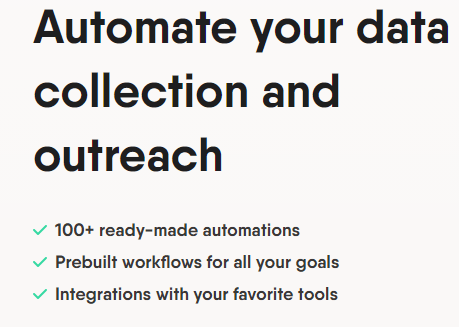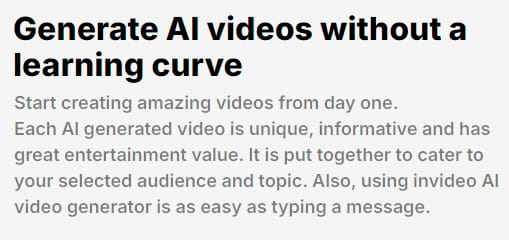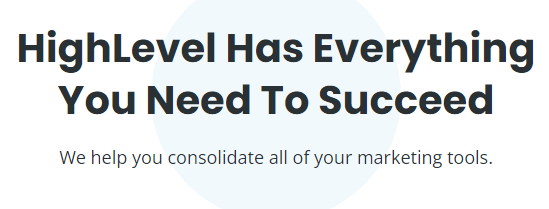- Ark's Newsletter
- Posts
- Top AI Tools to Start Your Training in 2024
Top AI Tools to Start Your Training in 2024
Empower Your AI Journey with Beginner-Friendly Platforms Like TensorFlow, PyTorch, and Google Colab

The rapid advancements in artificial intelligence (AI) have transformed the way we work, live, and learn. For aspiring AI enthusiasts, diving into this exciting field requires a combination of theoretical understanding and hands-on experience. Fortunately, the right tools can make the learning curve less daunting and more accessible, even for beginners. In this article, we’ll explore some of the top AI tools in 2024 that cater to beginners, enabling you to start your AI training journey with confidence.
1. TensorFlow: The All-Rounder AI Framework
OverviewTensorFlow, developed by Google, is one of the most popular open-source frameworks for AI and machine learning. It is designed to handle a wide range of tasks, from simple linear regression to complex deep learning models.
Why It’s Beginner-Friendly
Extensive Tutorials: TensorFlow offers an abundance of beginner tutorials, complete with step-by-step instructions and real-world examples.
Keras Integration: Keras, a high-level API built into TensorFlow, simplifies model building and training. This is particularly helpful for those new to neural networks.
Community Support: With a massive user base, TensorFlow’s community forums and resources can quickly answer questions or solve problems.
Key Features for Beginners
Pre-trained models in TensorFlow Hub for tasks like image recognition or text classification.
TensorFlow Lite for mobile and edge AI deployment, allowing beginners to experiment with on-device AI.
Visualization tools through TensorBoard to make learning more intuitive.

2. PyTorch: The Researcher’s Favorite
OverviewPyTorch, developed by Facebook’s AI Research Lab, has gained immense popularity due to its dynamic computation graph and intuitive syntax. While it’s widely used in research, PyTorch has evolved to become beginner-friendly, especially for those keen on understanding how AI models work under the hood.
Why It’s Beginner-Friendly
Pythonic Design: PyTorch feels natural for Python users, making it easier to learn and experiment with.
Interactive Debugging: The dynamic computation graph allows you to debug your code on the fly, which is invaluable for beginners.
Growing Ecosystem: Libraries like TorchVision for image tasks and Hugging Face Transformers for natural language processing integrate seamlessly with PyTorch.
Key Features for Beginners
Access to pre-trained models and datasets in torch.hub.
Tutorials that cover foundational concepts, from tensors to deep neural networks.
A strong focus on hands-on learning with tools like Google Colab for cloud-based training.

3. Google Colab: Your Free AI Playground
OverviewGoogle Colab is a cloud-based platform that allows you to write and execute Python code in a browser. It is especially appealing for AI and machine learning beginners due to its simplicity and zero-cost barrier.
Why It’s Beginner-Friendly
No Setup Required: Forget about installing software or managing hardware. Google Colab provides pre-installed libraries like TensorFlow, PyTorch, and Scikit-learn.
GPU/TPU Access: Train models faster using free access to GPUs and TPUs, which is ideal for deep learning experiments.
Collaboration: Share notebooks with peers or instructors, making it easy to learn together.
Key Features for Beginners
Integration with Google Drive for seamless saving and sharing.
Interactive Jupyter-like notebooks for learning and experimenting with code.
Access to community notebooks for learning from others’ projects.

4. Scikit-Learn: The Go-To Tool for Machine Learning Basics
OverviewIf you’re starting with classic machine learning algorithms, Scikit-learn is an excellent choice. Built on Python libraries like NumPy, SciPy, and matplotlib, Scikit-learn is intuitive and perfect for understanding foundational AI concepts.
Why It’s Beginner-Friendly
Ease of Use: Simple and consistent APIs make it easy to implement algorithms.
Wide range of algorithms: From linear regression to clustering, Scikit-learn covers nearly all basic machine learning techniques.
Visualization: Integrated plotting tools help visualize results, which aids understanding.
Key Features for Beginners
Datasets module with preloaded datasets like Iris and Boston Housing.
Tools for splitting datasets, scaling data, and cross-validation.
Extensive documentation with beginner-friendly guides.

5. Hugging Face: Your Gateway to NLP
OverviewHugging Face has become synonymous with state-of-the-art natural language processing (NLP). Its open-source library, Transformers, is packed with pre-trained models for tasks like text classification, translation, and summarization.
Why It’s Beginner-Friendly
Pre-Trained Models: Start with cutting-edge models like BERT and GPT without worrying about training from scratch.
User-Friendly Interface: Simple APIs make it easy to load models and start experimenting.
Community and Tutorials: Hugging Face provides detailed tutorials and an active community forum for support.
Key Features for Beginners
Model Hub with hundreds of pre-trained models.
Pipelines for quick implementation of common tasks like sentiment analysis.
Integration with TensorFlow and PyTorch.

6. Runway ML: AI for Creatives
OverviewRunway ML is designed for artists, designers, and creators who want to integrate AI into their projects without coding expertise.
Why It’s Beginner-Friendly
No Coding Required: A drag-and-drop interface makes it easy for non-programmers to experiment with AI.
Creative Focus: Tools for generating images, editing videos, and creating 3D models.
Learning Resources: Tutorials and guides tailored for creative professionals.
Key Features for Beginners
Pre-trained models for text-to-image generation and style transfer.
Collaborative workspace for team projects.
Real-time AI-powered video editing.

7. AWS DeepLens: AI for IoT Enthusiasts
OverviewFor beginners interested in combining AI with the Internet of Things (IoT), AWS DeepLens offers a unique hands-on learning experience.
Why It’s Beginner-Friendly
Pre-built Tutorials: Learn AI concepts like object detection and facial recognition with guided projects.
Hardware and Software Integration: Use the DeepLens camera for real-world applications.
Support for Popular Frameworks: Compatible with TensorFlow, PyTorch, and MXNet.
Key Features for Beginners
A library of pre-trained models for vision-based tasks.
Step-by-step instructions for deploying models to edge devices.
Seamless integration with AWS services like S3 and Lambda.

Getting Started: Tips for Beginners
Start Simple: Choose tools like Google Colab or Scikit-learn to grasp the basics before diving into more complex frameworks.
Leverage Tutorials: Most tools have comprehensive documentation and beginner-friendly tutorials. Use these resources to build your foundation.
Experiment and iterate: Don’t be afraid to make mistakes. AI is a trial-and-error process, and hands-on experience is the best teacher.
Join Communities: Platforms like Stack Overflow, Reddit, and Discord have active AI communities where you can seek help and share your progress.
Conclusion
Starting your AI training journey in 2024 has never been easier, thanks to the plethora of beginner-friendly tools available. Whether you’re intrigued by deep learning frameworks like TensorFlow and PyTorch or you prefer simpler tools like Google Colab and Scikit-learn, there’s something for everyone. With consistent effort and the right resources, you can gain the skills needed to thrive in the AI-driven world of tomorrow.
